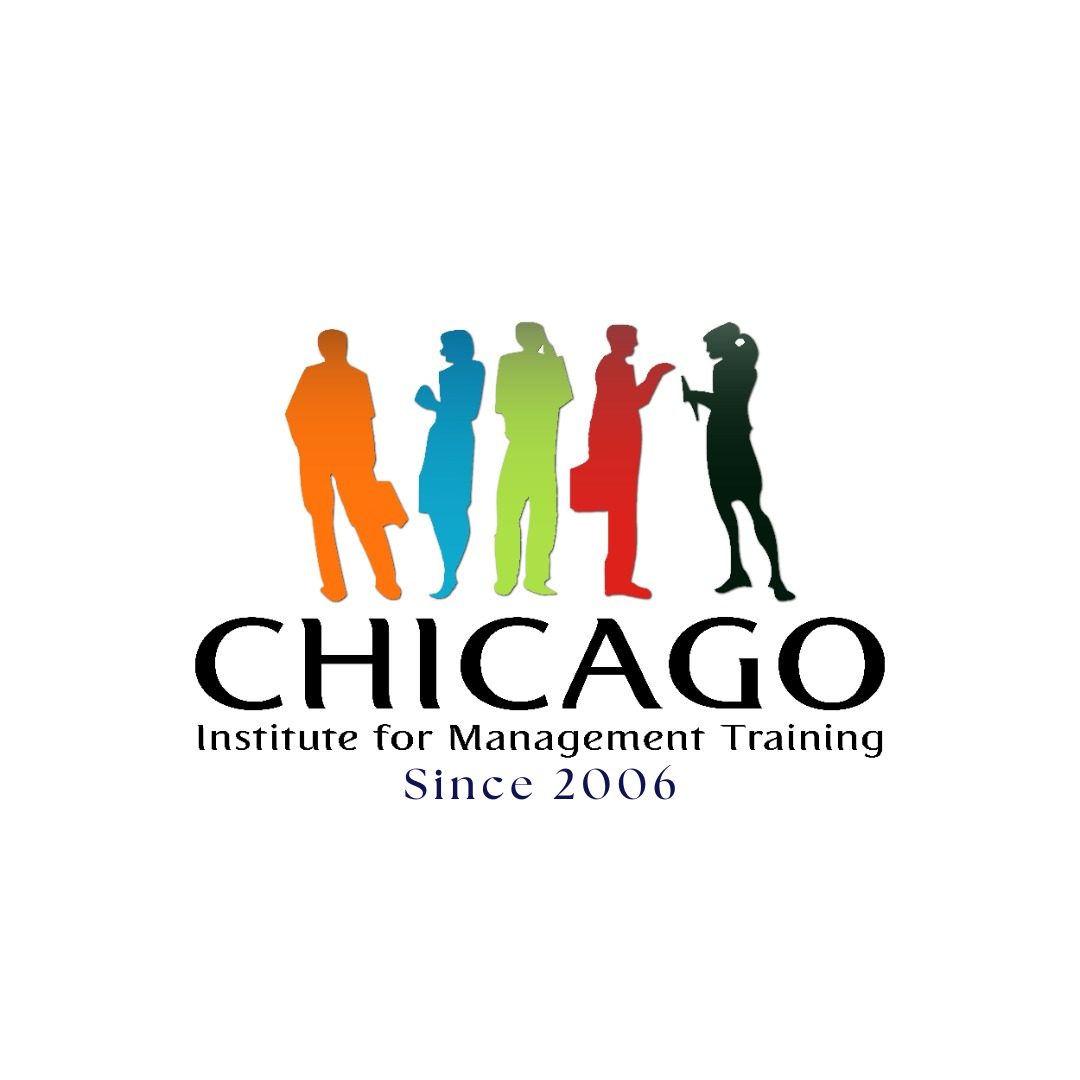Project performance domains represent critical, interconnected areas that ensure effective project outcomes. These domains include Stakeholders, Team, Development Approach and Life Cycle, Planning, Project Work, Delivery, Measurement, and Uncertainty. Operating as an integrated system, they interact continuously throughout a project’s lifecycle, with each influencing the others.
Stakeholder Performance Domain
The Stakeholder Performance Domain addresses engagement and collaboration with individuals or groups affected by the project. It focuses on understanding stakeholder needs, securing support, and mitigating opposition. Effective engagement involves activities such as:
- Identifying Stakeholders: Recognizing individuals or groups impacted by the project, whether internal or external.
- Understanding and Analyzing: Evaluating stakeholders’ interests, power, attitudes, and influence on the project.
- Prioritizing: Focusing resources on stakeholders with the most influence or critical needs.
- Engaging: Using tailored communication methods (push, pull, and interactive) and interpersonal skills to build trust and alignment.
- Monitoring: Continuously assessing engagement effectiveness and making adjustments as needed.
Case Study: ERP System Implementation at a Retail Chain
Project Objective: Implementing an Enterprise Resource Planning (ERP) system to unify operations, enhance efficiency, and improve reporting.
1. Identify Stakeholders
The project identified key stakeholders, including:
- Internal: Store managers, IT staff, finance teams, and executive leadership.
- External: ERP vendors and implementation consultants.
2. Understand and Analyze Stakeholders
- The store managers were concerned about disruptions in daily operations and resistance from store staff.
- The IT team supported the project but needed clarity on system requirements.
- Executive leadership prioritized cost and timeline adherence.
A stakeholder analysis revealed differing levels of power, interest, and attitudes.
3. Prioritize Stakeholders
Store managers were given high priority due to their influence over implementation at the retail level. Executive leadership was also prioritized for strategic alignment.
4. Engage Stakeholders
Engagement strategies included:
- Interactive Methods: Hosting workshops and ERP demos for store managers to address concerns and gather feedback.
- Push Communication: Weekly memos and progress reports to ensure all stakeholders were informed.
- Pull Communication: Providing an intranet repository for training materials, policies, and updates.
5. Monitor Engagement
Regular feedback surveys and discussions with store managers helped track satisfaction and identify areas for improvement. Adjustments included providing additional staff training to ease adoption.
Outcome
Through consistent stakeholder engagement, the project achieved a smooth rollout of the ERP system. Store managers became advocates for the new system, leading to high adoption rates, improved operational efficiency, and positive financial outcomes.
Key Learnings from the Case Study
- Early and continuous engagement of stakeholders reduces resistance and builds trust.
- Prioritizing critical stakeholders ensures that resources are directed where most impactful.
- Effective use of communication strategies fosters alignment and satisfaction.
Best Practices in Stakeholder Engagement
- Use active listening and conflict resolution to manage opposing stakeholders.
- Tailor communication methods based on stakeholder preferences and project phases.
- Monitor and reassess engagement strategies throughout the project lifecycle.




